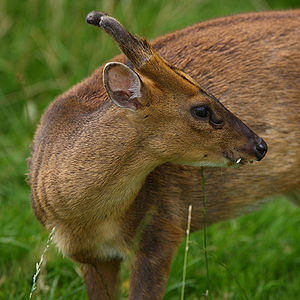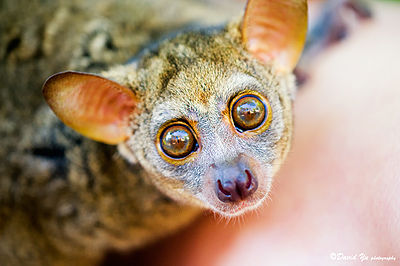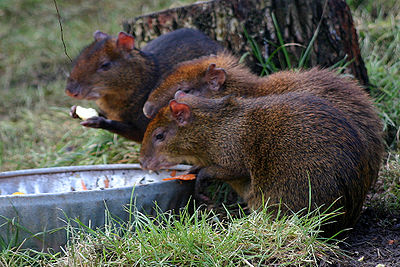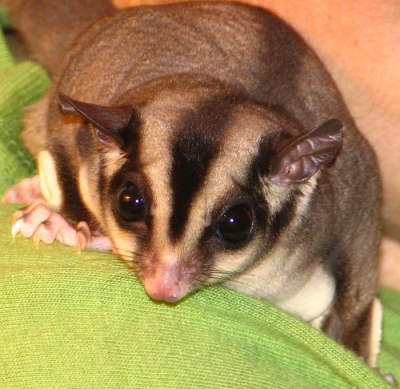
The two popular sub-species of Muntjac Deer kept as pets are the Leaf Muntjac and the Reeve’s Muntjac. These deer, the smallest Muntjacs, have created a bit of a controversy in England. They were brought to England as pets by the Duke of Bedford in 1900. The controversy stems from the fact that in some circles they are considered a threat to bird and wildlife habitats, destroy woodland areas and multiply like rabbits. But people who have them as pets find them delightful.
Muntjacs are the oldest known deer. Remains of the species found in Europe, have been dated as early as 15-35 million years ago. They were originally from Southeast Asia. They are also known as barking deer as their bark is similar to a dog’s and Mastreani deer.
The Leaf Muntjac weighs from 10-20 lbs. and is 20 inches tall. The Reeve’s weighs about 20-25 lbs. Their size permits them to hide in bushes. They have huge eyes, very thin legs and carry the tail up. The coat is russet brown in summer and grey/brown in winter, although there still remains questions about exact coloring. Males have sharp antlers. Reeve’s have flat horns about 4 inches long. They have canine teeth that are sharper than the other teeth. Muntjacs are very protective of their young using their antlers and teeth when they feel it’s necessary. Muntjacs shed very little. Their lifespan is about 16-19 years.
Muntjac Deer as pets:
As pets, Muntjacs are very affectionate and will give kisses, but they can be shy and cautious at first. They can be litter-trained as easily as a cat. An advantage to their living in the house is that the droppings have little odor and they are clean animals. They can also be trained to use a doggie door. Muntjacs are very playful and can be taught to play hide and seek, tag, to race and any number of things. They love to jump and reach 5-6 feet high. They will respond to their name and come when called.
A 2 week old Muntjac needs 3-4 bottles daily. Information on formula can be had at the breeder as well as when to add banana, apple, sweet potato, then lettuce, bread, grass and veggies. A salt lick and fresh water should always be available. Of course if you have favorite flowers or bushes, keep them protected or Muntjacs will nibble on them.
Muntjacs can live indoors or outdoors, whatever your preference. But outdoors they must have a sturdy shelter that is secure from the elements.
Before considering a Muntjac as a pet, you must check with local authorities to see if they are legal to own. Then do your research and decide if you are ready to make the commitment of time and care for the Muntjac.



